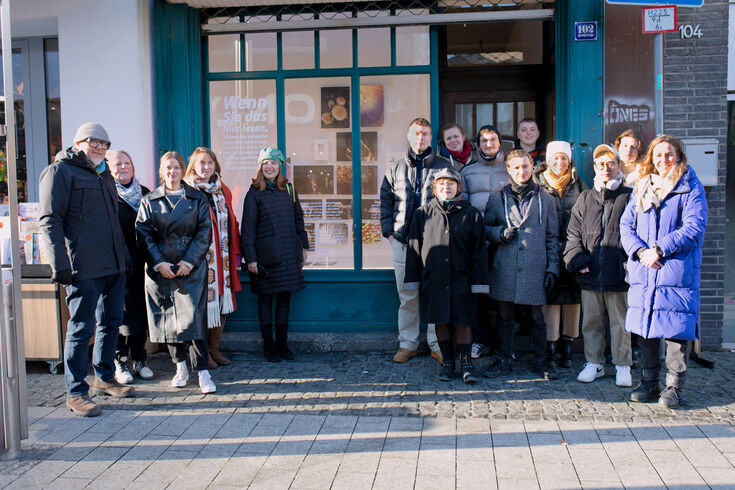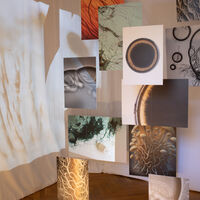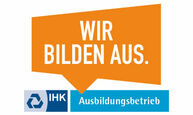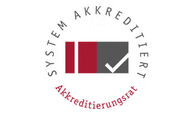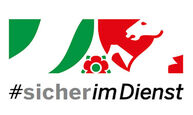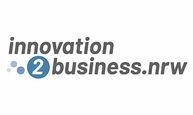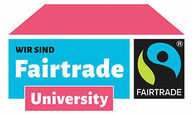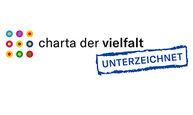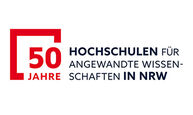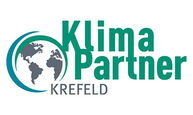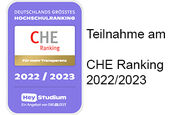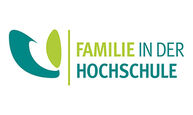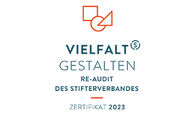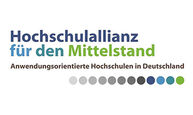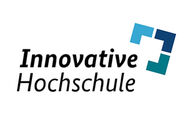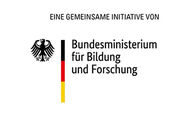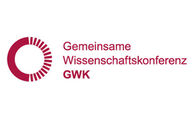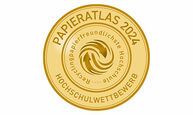Krefeld's Hochstraße becomes a "museum of the street": with this idea, the Faculty of Design at The Hochschule Niederrhein (HSNR) has taken the new major annual exhibition at the Kunstmuseen Krefeld as an opportunity to make seminar works by students visible in vacant stores.
The Kaiser Wilhelm Museum (KWM) Krefeld recently opened its exhibition "The Great Seduction. Karl Ernst Osthaus and the beginnings of consumer culture". Until April 28, 2024, visitors can marvel at the valuable treasures of the German Museum of Arts in Trade and Industry, which came to Krefeld exactly 100 years ago.
The collection of the Hagen patron of the arts Osthaus, which he put together with the Deutscher Werkbund between 1909 and 1919, shows an impressive collection of everyday products and advertising art: posters, typography, photography, but also wallpaper and fabrics, everyday objects made of glass, ceramics or luxury goods made of silver. The beginnings of consumer culture in the early 20th century become clear here: the world of goods is staged in shop windows, department stores and exhibitions, the city is illustrated with striking images, goods and advertising are the aesthetic object of public life.
And because the shop window was already an important instrument for bringing beautiful things to the people back then, this is where the HSNR comes into play. Away from the premises of the KWM, Hochstraße will become an exhibition venue at certain points: in the shop window of the historic umbrella house (Hochstraße 102), design students from the "Mushroom & Porcelain" course will present photographs - from analog photograms to AI-generated works. Porcelain design will also be added soon.
With the help of the photos, they approach the design of porcelain in an experimental way. Mushrooms can be seen in all their facets - from mycelium underground and through the microscope to macro shots of the visually appealing lamellae. It is no coincidence that mushrooms of all things are the starting point for the project, as the supervising professor Lisa Freyschmidt explains: they are not only a source of inspiration for exciting porcelain objects, but also a potential pioneer of a sustainable future - from meat substitutes to alternatives to plastic. This is another reason why the first scientific exploration for the design students took place in the laboratory for food biotechnology with mycologist Prof. Miriam Sari from the Faculty of Food and Nutrition Sciences.
Communication designer Jenny Wecker was responsible for the exhibition concept and accompanying texts as part of her Bachelor's thesis.
Communication design students from Dr. Dan Reynolds' screen printing course are showing works on the history of Ernst Paul Kreyer's former music store. Founded in 1893 in Krefeld's city center, the store moved to Hochstraße 22 a few decades later. Posters on the history of the store and Krefeld music were printed by hand in sometimes dazzling special colors and can now be seen in the shop window there.
"As a civic museum, it is important to us to have an impact on urban society and development from within the museum and to provide impetus. We are therefore particularly pleased that we were able to initiate a great cooperation project with the Faculty of Design at The Hochschule Niederrhein as a partner, which has been wonderfully designed and implemented by the lecturers and students," explains Director Katia Baudin.
Together, all protagonists make the invisible visible and thus offer a refreshing counter-movement to times of vacancies in city centers, online shopping instead of window shopping and the extinction of strolling.


